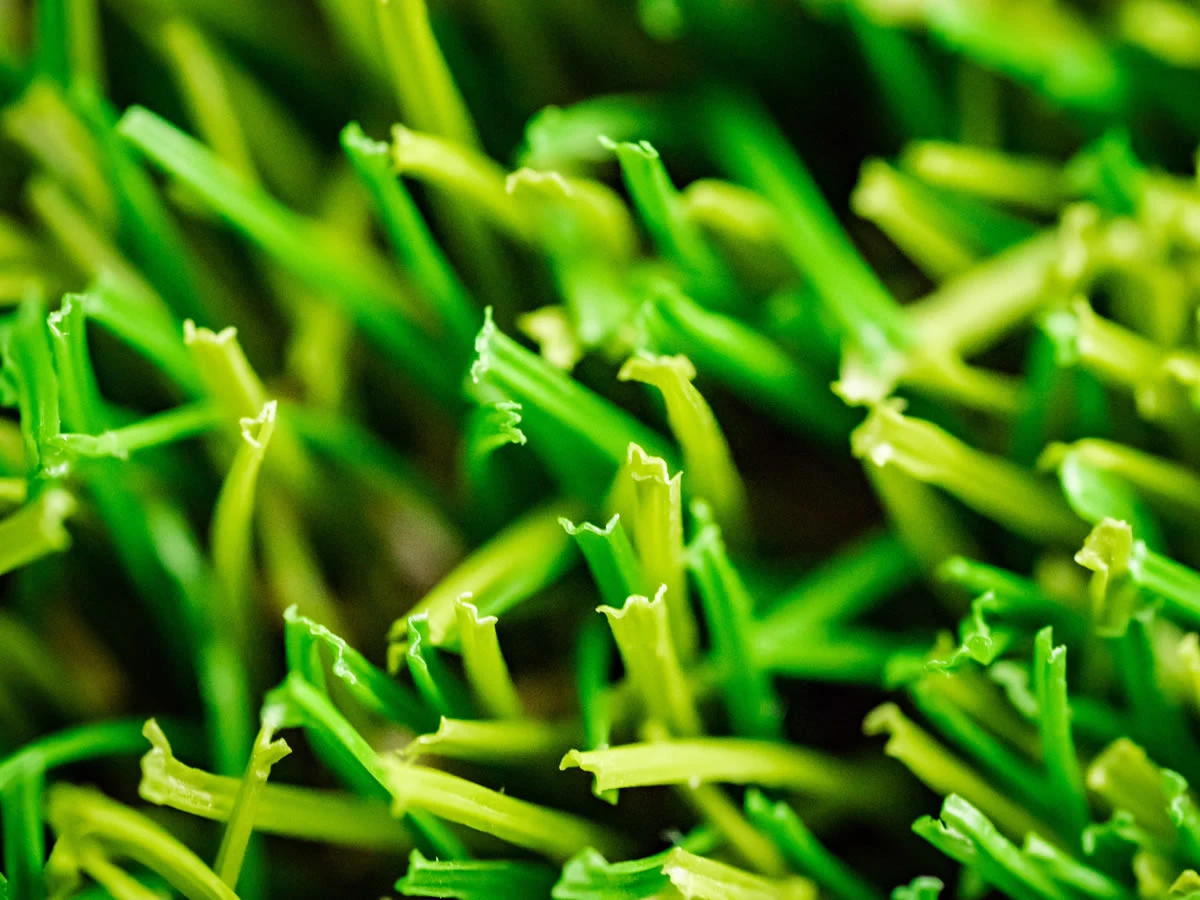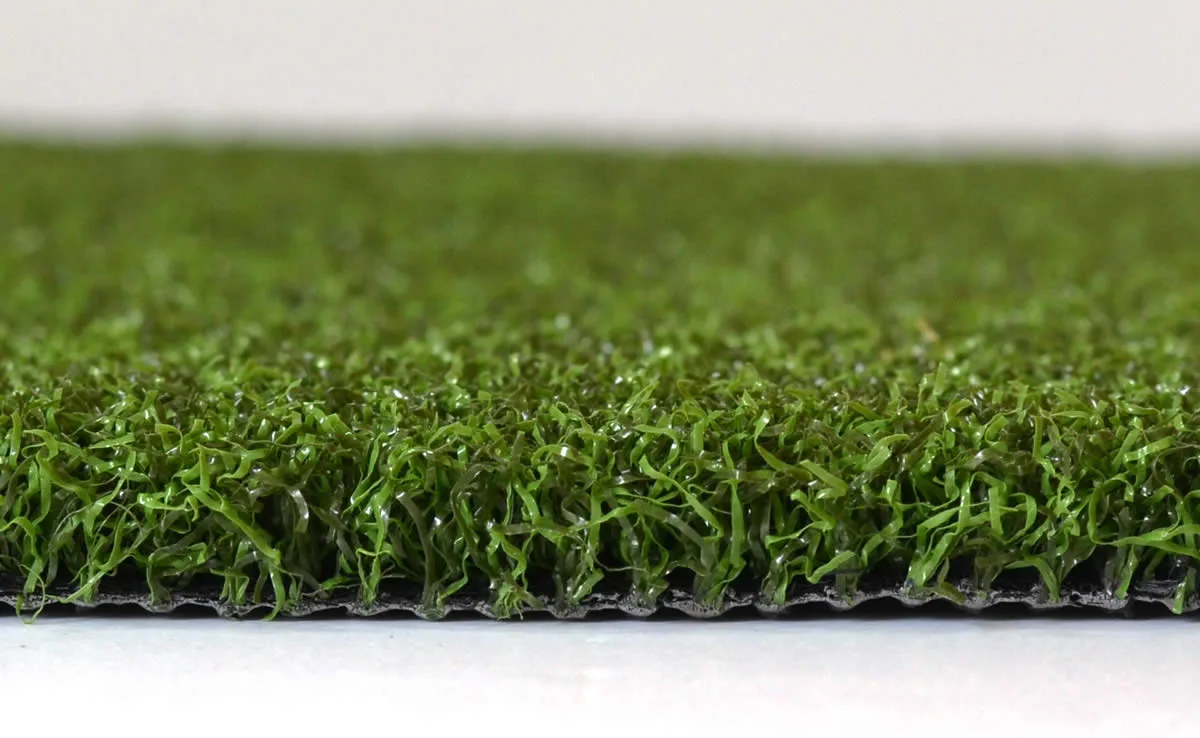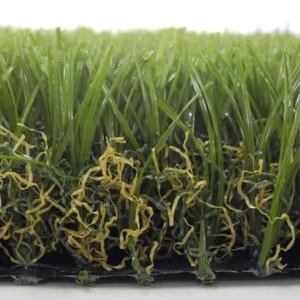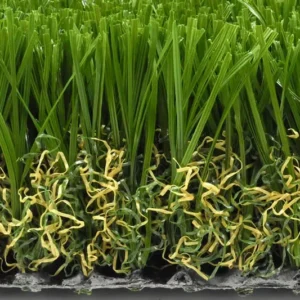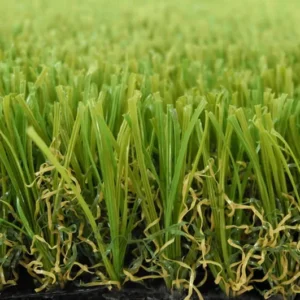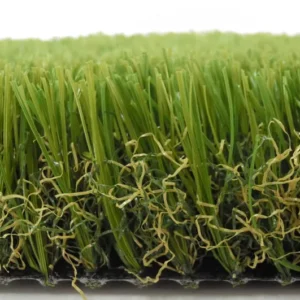Installing Artificial Grass - DIY Guide
4 Step DIY Guide For Installing Artificial Grass
For the DIY kinda person, here’s the steps for everything you need to know to correctly install artificial grass. If you haven’t purchased your lawn yet, put your details in the quote form for a great price on Adelaides best quality artificial grass.
1 - Excavation
The depth of the excavation required depends on the type of use for your artificial lawn. Standard uses require a 60mm depth while car or high traffic and verge areas require 100mm depth.
- Mark out the area for your new synthetic lawn
- Remove any existing lawn and soil
- Depth of 60mm for standard uses
- Depth of 100mm for a car or high traffic area (verge area)
- If there is an existing irrigation system present it is simply a matter of capping each pop up sprinkler or removing the entire system if possible.
2 - Install Base
Properly preparing the base for artificial grass is key for a smooth lawn that lasts for years.
Calculating the amount of base required: Multiply ‘total area’ x ‘depth’.
e.g. for a total area of 40sqm, multiply 40 x .06 (60mm depth) = 2.4 cubic metres
The same equation applies when working out bin size for excavated soil/lawn.
- For standard use areas, fill to 50mm with dolomite sand
- For car or high traffic area (verge area) fill with 70mm of quarry rubble and 10mm of dolomite sand
- Smooth out the sand with a Top Soil Spreader
- Use a plate compactor to compact the sand
- Spray the compacted area with the hose to further compress the sand base
- Use a trowel to go aroung the edges of the area ensuring they are smooth and even
3 - Install Artificial Grass
Laying, aligning and pinning the lawn.
- Roll out the artificial grass.
- Note that artificial grass is manufactured with the fibers aligned in a single direction.
- It’s very important to ensure the grain is running in the same direction when laying out the pieces of lawn.
- Invariably there will be joins where the pieces meet. You will need to ensure that the seams are cut as close to the “rib” or “grain” to allow for optimal placement of the two pieces when joining later.
- Cut around the edges of the area as required leaving about 50mm around all the edges and place the lawn together so that the joins are not visible.
- Allow a gap of about 5mm between pieces for best results. This can vary slightly from one lawn to another.
- Stand back and take a look before joining together. Trust your eyes!
- When you are happy with everything, follow the joining instructions supplied with your Optiseal joining tape to join your pieces of turf together.
- Use a sharp Stanley knife to trim all the edges.
- Pin around the outside edges 25-30mm in and 300mm apart around all edges including either side of your new joins.
- Also pin the entire turf area at a rate of 1 pin per square meter which will help hold the turf in place as you stretch and remove any wrinkles.
- Take care not to trap the blades of lawn under the pins.
4 - Adding sand
Finishing the lawn with a proper in-fill.
- Brush the lawn up with a power broom or stiff garden broom, brushing against the grain.
- Spread Kiln Dried Sand over the lawn as evenly as possible either with a broadcast spreader or by hand/shovel. Infill sand rate:
- 30mm turf = 6kg/sqm
- 35mm turf = 8kg/sqm
- 40mm turf = 10kg/sqm
- Brush again to distribute the sand evenly. Repeat this process for any areas where the fibers are still lying flat.
- The sand infill is important so don’t compromise. Not only does it improve the look of the lawn but more importantly it protects the turf backing from the UV rays.
- Finally, lightly wet the turf with a fine mist to help settle the sand and to prevent the sand from blowing out in the wind.
Need Artificial Lawn?
Fill in your details for a great price on Adelaides best quality artificial grass
"*" indicates required fields














